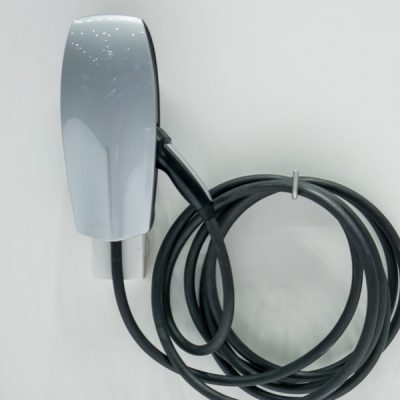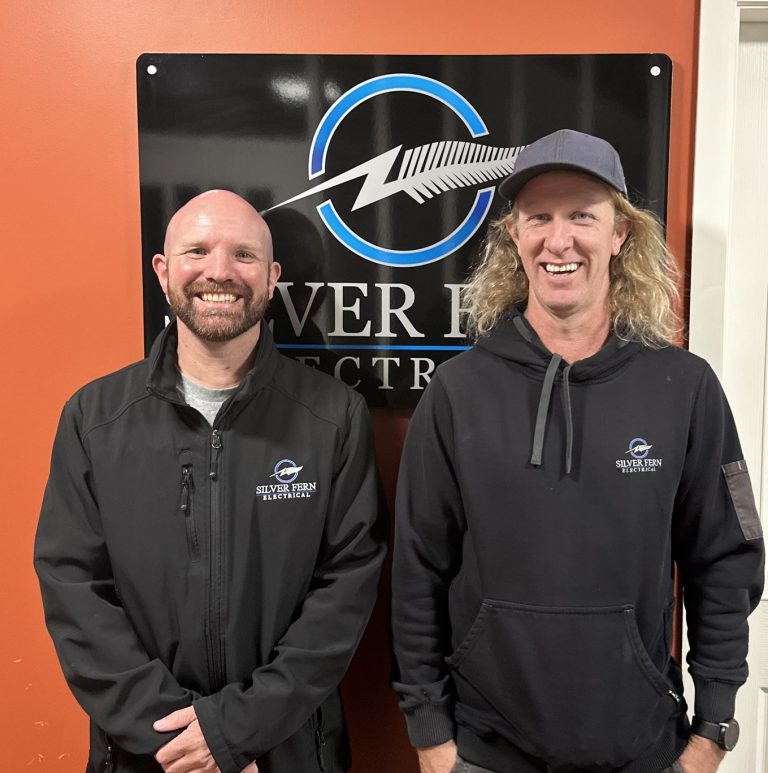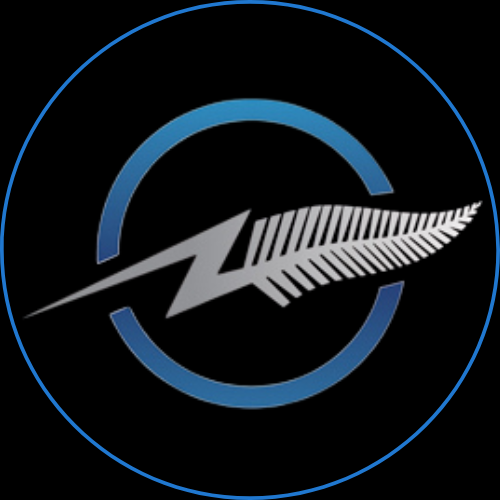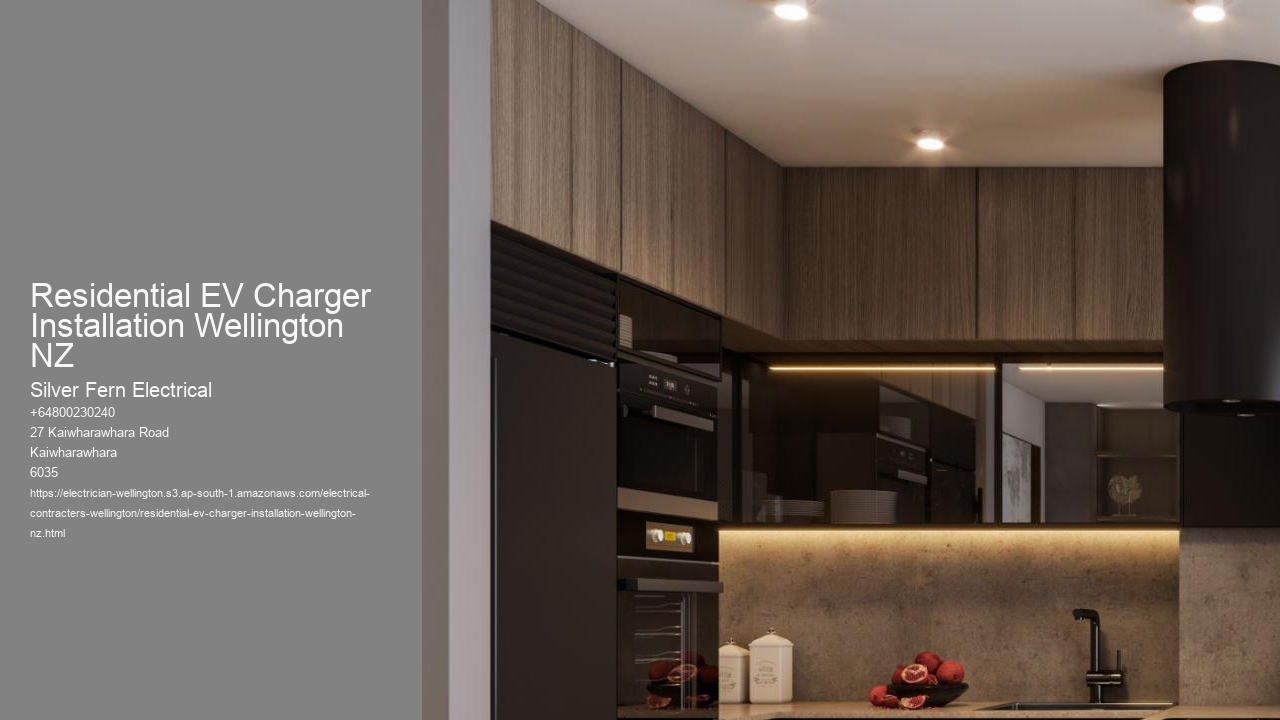Wellington is the capital city of New Zealand. It lies at the south-western tip of the North Island, between Cook Strait and the Remutaka Array. Wellington is the third-largest city in New Zealand (second biggest in the North Island), and is the management centre of the Wellington Area. It is the world's southernmost capital of a sovereign state. Wellington includes a warm maritime environment, and is the world's windiest city by ordinary wind speed. Māā ori dental practice tells that Kupe discovered and discovered the region in about the 10th century. The location was initially cleared up by Māā ori iwi such as Rangit ā ne and Muaūū poko. The disruptions of the Musket Battles brought about them being bewildered by north iwi such as Te ĀĀ ti Awa in the very early 19th century. Wellington's current type was initially developed by Captain William Mein Smith, the very first Surveyor General for Edward Wakefield's New Zealand Business, in 1840. Smith's plan included a collection of interconnected grid plans, increasing along valleys and reduced hillside slopes, yet without really taking the surface into account. The Wellington urban location, which only includes urbanised locations within Wellington City, has a population of 208,800 as of June 2024. The bigger Wellington city, including the cities of Lower Hutt, Porirua and Upper Hutt, has a population of 432,600 as of June 2024. The city has worked as New Zealand's funding considering that 1865, a status that is not defined in legislation, yet developed by convention; the New Zealand Federal Government and Parliament, the Supreme Court and a lot of the general public solution are based in the city. Wellington's economy is primarily service-based, with an emphasis on financing, business solutions, government, and the film market. It is the centre of New Zealand's movie and special impacts markets, and significantly a hub for infotech and technology, with 2 public research colleges. Wellington is one of New Zealand's primary seaports and serves both domestic and worldwide delivery. The city is primarily served by Wellington Airport in Rongotai, the nation's third-busiest airport. Wellington's transportation network includes train and bus lines, which reach as far as the Kāā piti Coast and the Wairarapa, and ferryboats connect the city to the South Island. Usually described as New Zealand's social funding, the society of Wellington is a diverse and usually youth-driven one. Among the globe's most livable cities, the 2021 Global Livability Ranking connected Wellington with Tokyo as 4th in the world. From 2017 to 2018, Deutsche Financial institution ranked it initially worldwide for both liveability and non-pollution. Social districts such as Cuba Street and Newtown are renowned for innovative development, "op shops", historic personality, and food. Wellington is a leading monetary centre in the Asia-Pacific region, being placed 46th in the world by the Global Financial Centres Index for 2024. The global city has grown from a busy Māā ori negotiation, to a colonial station, and from there to an Australasian resources that has experienced a "impressive innovative renewal".
.




